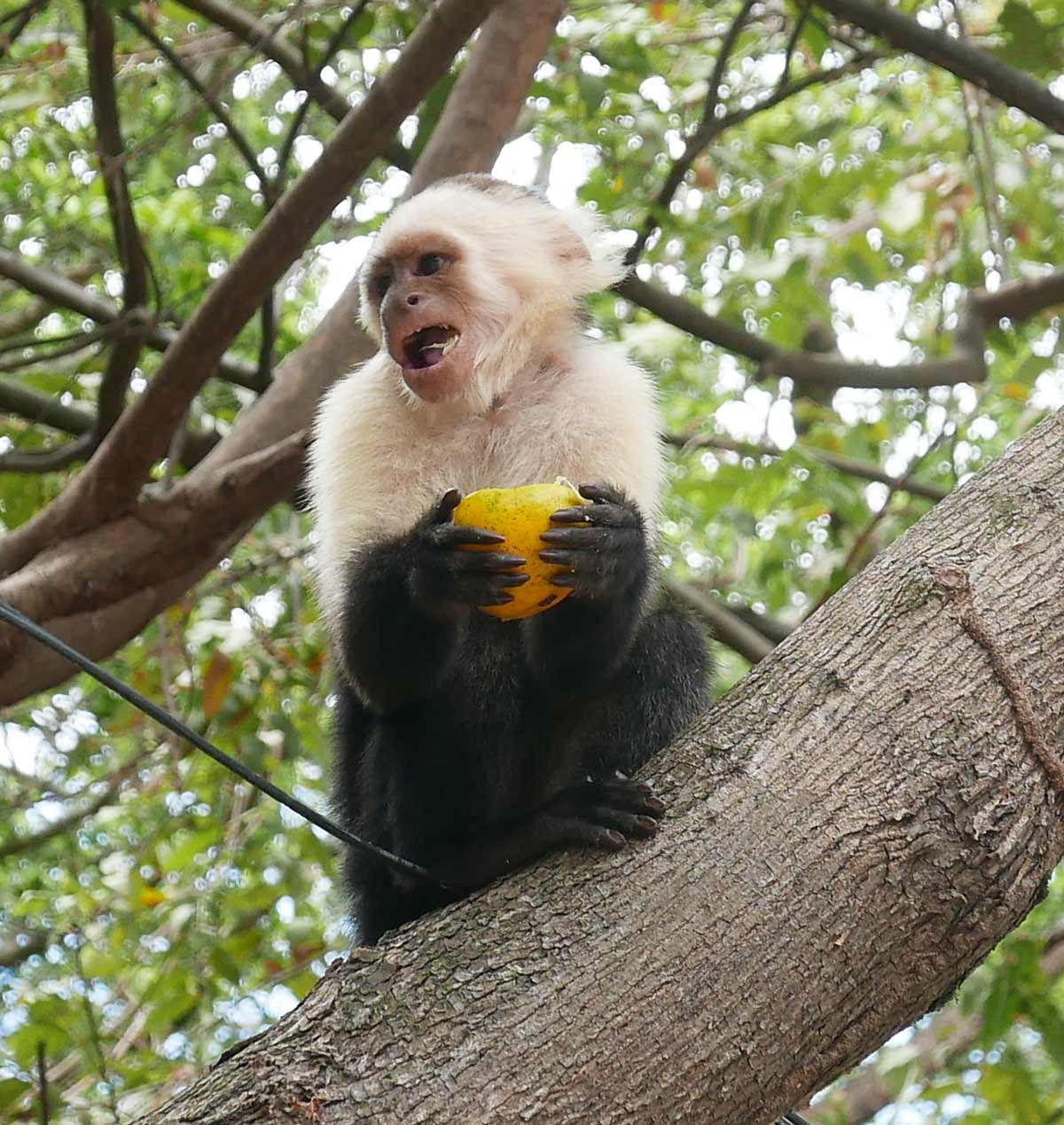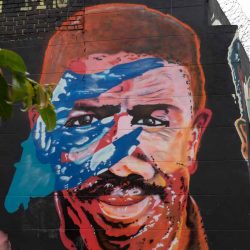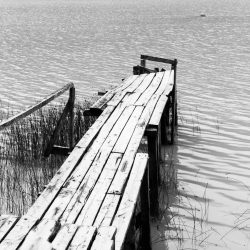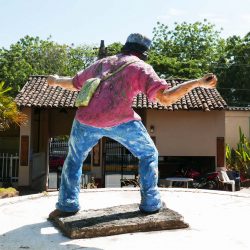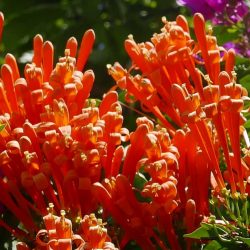It’s everything Costa Rica has and more, but then cheaper and with less tourists. Making an ad campaign for Nicaragua shouldn’t be too much of a challenge. But this is also the archetypical example of a Latin American country that keeps being torn apart by corruption, drug trade and American power games.
CONTENTS
General introduction
Highlights
Food and drinks
Getting there
Getting around
Miscellaneous
General introduction
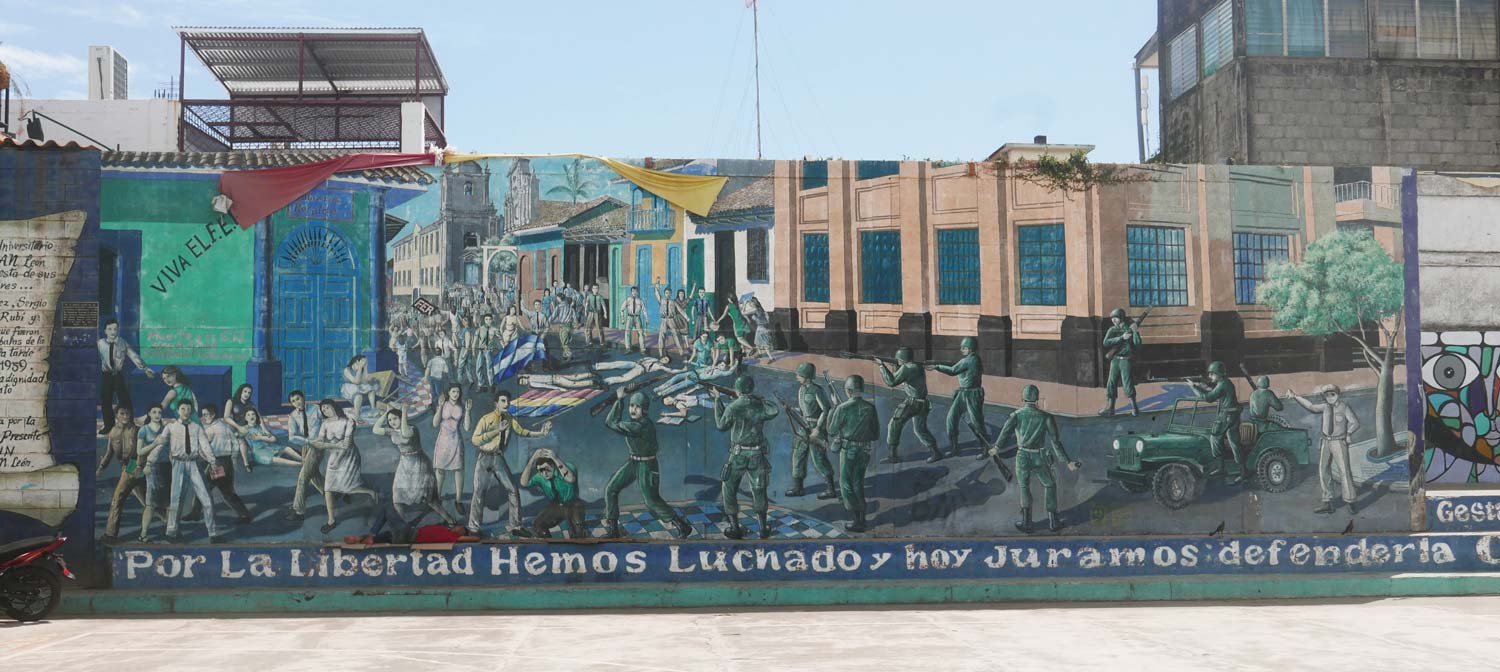
Highlights
- The colonial towns: Leon and Granada are both picture-perfect shiny examples. ‘Shiny’ also means suffocating temperatures by the way. And ‘picture-perfect’ means these two cities are tourist favorites. Leon has a more vibrant feel, also because of the many students. Granada is a better base for sightseeing, but you can easily spend a week in both. As these two cities have been archrivals for hundreds of years, it was decided to build Managua as a capital right in between the two
- Ometepe island: almost too good to be true, the two separate volcano islands of Concepcion and Maderas grew together after several eruptions. The sight of these two volcanoes together on an island in a lake is just majestic. Once you are on the island, it is time to switch off. There are only a couple of thousand Nicaraguans living permanently there, and not a lot of tourist facilities. It is a must-visit though on every itinerary
- The northern highlands: anyone wanting to escape the heat on the Pacific side is well-advised to travel to some of the villages and cities in the northern mountains. Esteli is not only Sandinista heartland, it is also the epicenter of tobacco production (mainly for Cuban companies…). In the region is also astonishing Somoto canyon and the cloud forests of Miraflor natural reserve. Jinotega (City of Mist) is a small village, perched between the hills and ideal for at least a 24-hour stop-over. Matagalpa is the heart of coffee production. The ecologic plantation of nearby Salva Negra is a treat, and the nature reserve of Penas Blancas is a two-hour chicken bus drive away (which is not too far in slow-moving Nicaragua)
- There is only so much you can visit in four to five weeks. So on the to-do/to-visit-list:
- San Juan del Sur: the ultimate hipster place at the beach, and the closest Nicaragua gets to a party spot
- Little Corn islands: tropical paradise on the Caribbean side of the country. Easiest to reach by a small plane
- San Carlos & El Castillo: a remote piece of jungle along the river close to the southeastern border with Costa Rica. Not easy to reach and therefore not often visited by tourists
- Managua: the capital and a place even the locals tell you not to visit, because it can be outright dangerous. Sounds like an invitation!
Food and drinks
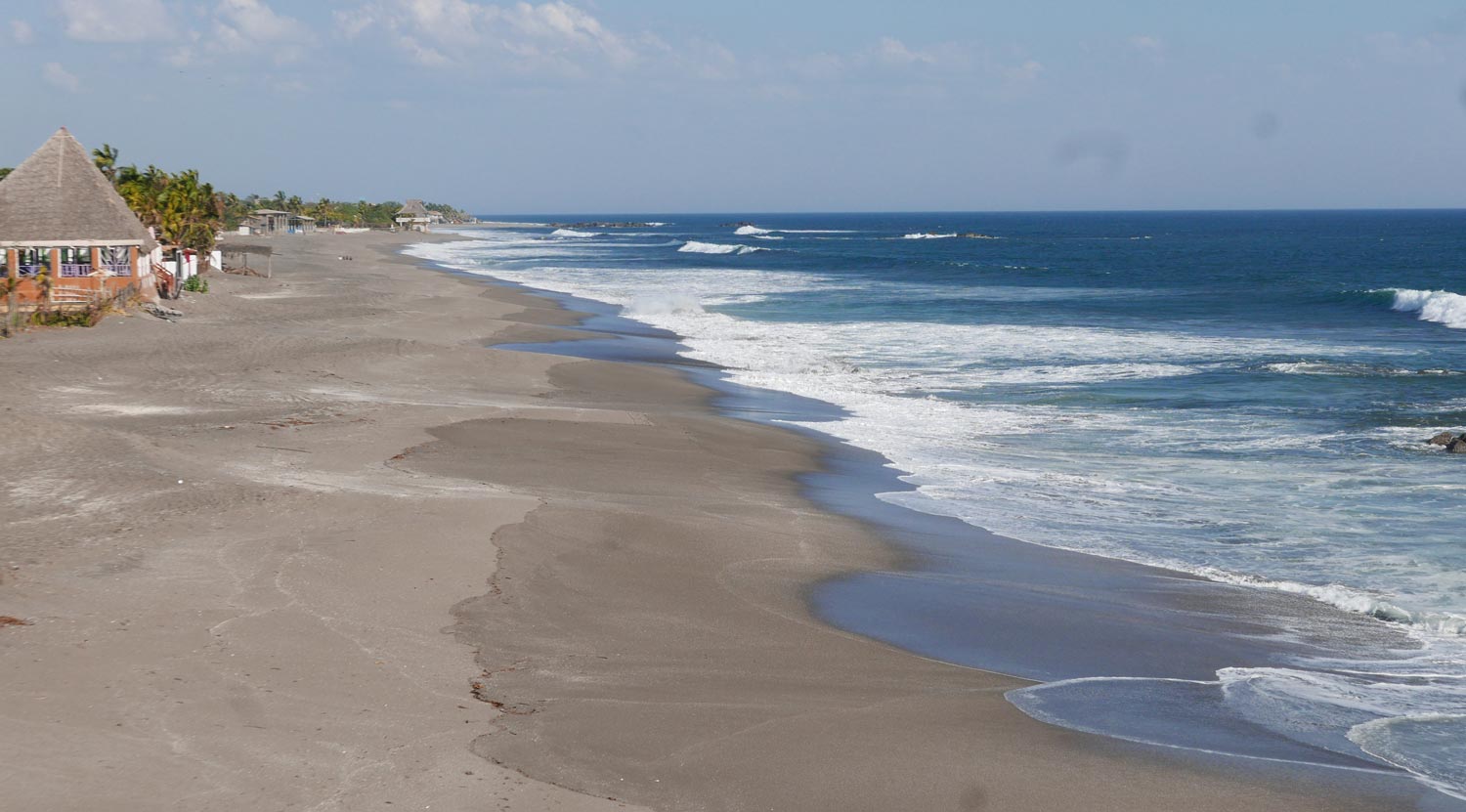
Getting there:
Getting around
Apart from the remote parts (Corn Islands for example), chicken buses are the way to go. Don’t expect any comfort, nor too much space for yourself as well. But consider it a part of the overall experience.
If you take a taxi, negotiate beforehand. Be careful when in Managua and if possible ask your host to arrange a trusted taxi driver. On certain routes there are also minivans, for example from Leon to Matagalpa and back, and Managua to Granada. By far the best information is available on Centro Coasting.
Miscellaneous
- Weather: the Pacific side can and will get suffocatingly hot in dry season. The ocean temperatures here are perfect. Closer to Lake Nicaragua (and especially on Ometepe) it can get pretty windy, though also more humid. The Caribbean side is slightly less warm and the weather there is more volatile. To really enjoy more mild temperatures, travel to the northern highlands. Because of the elevation, it is usually 5-10 degrees colder in cities such as Esteli and Matagalpa, and these regions get more rain as well. General rain season is from mid-april to september
- Safety: despite its reputation, Nicaragua actually has one of the lowest crime rates of the region. Being a tourist does make you a potential target for scams though. So take the usual precautions (don’t show your valuables, don’t travel to the edge of big cities). In addition to that, be especially careful in Managua. Robberies there are still pretty common. When traveling from Leon to Granada, we opted to just switch buses in Managua and not
- Gay travel: there are some gay bars (and a huge gay scene) in Managua. Funnily enough, although homosexuality isn’t widely accepted, it is not difficult to spot gays in public, and they are usually not harrassed. Your dating apps will explode as well in the bigger cities. But learn the question ‘con lugar?’ (Can you host?) by heart, because most gays only come out to close friends but not to family and as such have no place of their own to meet and fool around
- Customs: you have to pay a 10$ tourist tax upon entering by plane. Usually paid in dollars, yes. When crossing a land border, you usually pay an entrance fee (10-12$) and a smaller exit fee (1-2$). By far the most unpleasant border crossing was when we traveled from San Salvador to Leon. Just pretend not to speak any Spanish and refuse to pay any bribes to the hugely corrupt assholes at the border
- Here is a list of possible itineraries for Nicaragua
